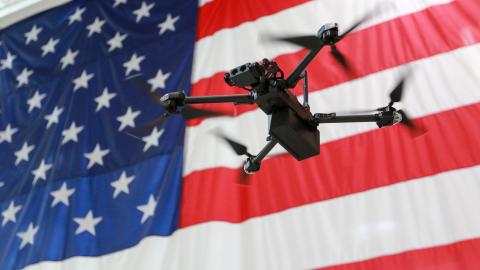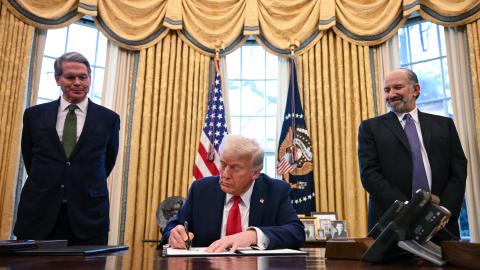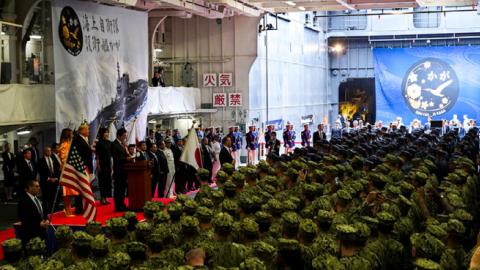Other triangles keep drawing greater attention, but the US-Japan-India triangle has become the foundation of what is envisioned as the 21st century security framework involving the United States in the Indo-Pacific. As seen from Japan, this security triangle is acquiring an increasing role in regional strategic thinking as a result of at least three developments: 1) the intensification of the Sino-US rivalry in 2019, as a “trade war” brings in its wake confrontations in several regional arenas; 2) the intensification of US security resources for countering a rising China, while reducing burdens not essential for that strategy, and, in this context, striving to extricate the US from Afghanistan, which is linked to India putting Kashmir directly under federal control; and 3) in these circumstances, searching for ways to strengthen Japan-US-Indian security cooperation. In the cacophony of the G20 summit and its attendant, high-level meetings, one could have overlooked the second of what are seen as annual, triangular summits of the leaders of Japan, the US, and India. Here, I offer a Japanese perspective on this intensifying triangularity, considering first the impact of accelerated Sino-US tensions, then how the Afghanistan situation is affecting Japanese thinking, and finally the increasing set of military linkages with India.
Hopes have risen in Japan for India as the best option for an Asian partner capable of complementing its alliance with the United States. As security has claimed a higher priority in foreign policy, the previous images of India as the next economic powerhouse after China’s rise and the one country most sympathetic to Japan’s thinking on Asianism have taken a subordinate role to India’s rise as a security partner. It stands as a second front preventing China from concentrating its military push to the east; a guardian of the extended Indian Ocean sea lanes; a force for broadening the coalition to limit China’s expansion in the South China Sea; and an arms market or co-developer of the next generation weapons. Aspirations for the triangle are most evident in Japan, reflected in Prime Minister Abe’s initiative for a “Free and Open Indo-Pacific” (FOIP), which President Donald Trump later embraced.
Japan’s aspirations for the Japan-US-India security triangle might be described as keeping China checked, keeping the US engaged, facilitating India’s rise, and forging a framework enticing to other partners—from Australia, Southeast Asian states, to external actors such as France. India is envisioned as a promising counterweight to the goliath China—in need of being coaxed gradually into a coalition that will bolster its still limited prowess. The US is seen as needing an anchor apart from Japan to invigorate its regional involvement. Wavering and hedging countries in the region are viewed as requiring a framework to draw them closer as security partners. As the closest US ally, the country most avidly wooing India and its leader Norendra Modi, and the most committed visionary to regionalism as seen in the revised Trans-Pacific Partnership (TPP-2) and the FOIP, Japan plays a vital role.


















